Wireless Access Points
Wireless access points offer homes and businesses an extended range for mobile devices. Such devices are perfect for all venues looking to implement wireless capabilities or better serve their customers with a Wi-Fi network to connect to. Different from Wi-Fi extenders, wireless access points can be connected via direct-wired connection to the router or paired wirelessly. In addition, more prominent locations like factories, warehouses, farms, and more can feature coverage throughout the extended area with multiple access points or use the beam variant for specific devices.
Ubiquiti, Avalan Wireless, Bosch, Dahua, Speco, QNAP, and Videocomm products are all available through A1 Security Cameras.
Key features of Wireless Access Points
- Weather Resistance: Bullet cameras are typically weatherproof or weather-resistant, allowing them to withstand various environmental conditions such as rain, snow, and dust. This makes them suitable for outdoor installations.
- Day/Night Functionality: Many Geovision Bullet Cameras are equipped with infrared (IR) LEDs to capture clear images in low-light or nighttime conditions. This feature enables 24/7 surveillance.
- High Resolution: GeoVision cameras often offer high-resolution video capture, providing clear and detailed images. This is essential for identifying faces, license plates, or other critical details in the footage.
- Varifocal Lens: Some models may have a varifocal lens, allowing users to adjust the focal length to achieve the desired field of view. This flexibility is useful for adapting to different surveillance scenarios.
- Wide Dynamic Range (WDR): WDR technology helps to capture clear images in scenes with a high contrast between bright and dark areas, such as entrances with strong sunlight and shaded areas.
- Power over Ethernet (PoE): Many Geovision cameras support PoE, which allows both power and data to be transmitted over a single Ethernet cable. This simplifies installation and reduces the need for additional power cables.
- Motion Detection and Alerts: These cameras often come with motion detection capabilities. When motion is detected, the camera can trigger alerts or notifications to alert users to potential security events.
- Remote Monitoring: GeoVision cameras can be integrated into larger surveillance systems, and their footage can often be accessed remotely through computer software or mobile apps. This allows users to monitor their property or business from anywhere with an internet connection.
What uses wireless access points?
Devices that run off a wireless signal can connect to an established wireless access point. Cellular phones, wireless cameras, computers, and more benefit as they each function on the wi-fi signal the access point broadcasts.
Can a wireless access point be used to extend?
When used in conjunction with a router, an access point can expand the coverage provided by the wireless network beyond what it is naturally capable of. This can be seen in the case of larger houses needing coverage in the backyard or farther away rooms, offices needing expanded wireless coverage, or storage facilities applying wireless cameras to far-reaching corners.
What's the difference between a WiFi extender and an access point?
Put simply; an access point increases the network coverage by creating a new signal for devices to use. On the other hand, a WiFi extender extends merely the range of the original signal to another area. Whereas a WiFi extender works better in smaller rooms and access points in larger, access points produce a stronger signal.
What is the difference between router and access point?
A router is a hub meant for accessing a wireless signal in a given local network. An access point can be considered a lesser hub working in conjunction with the router to provide a new point of access to the system and extend the range of the original device.
-
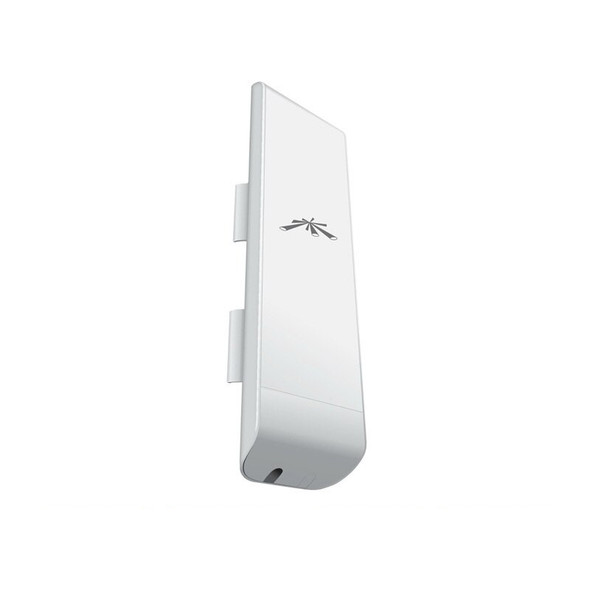
Ubiquiti NSM5(US) NanoStation M 5GHz Outdoor Wireless Bridge, 150 Mbps Throughput, 9+ miles Range - NSM5-US
Brand: Ubiquiti
Part Number: NSM5-US$92.14- Environmental : Outdoor
$92.14 -

Ubiquiti NSM2-US NanoStation 2.4GHz Hi Power 2x2 MIMO AirMax TDMA Station
Brand: Ubiquiti
Part Number: NSM2-US$92.99$92.99 -

Ubiquiti LBE-M5-23-US Directional Antenna, 5GHz frequency, Data Transfer up to 100Mbps, 18 miles range
Brand: Ubiquiti
Part Number: LBE-M5-23-US$54.93$54.93 -

Ubiquiti LOCOM5-US Indoor/Outdoor AirMAX CPE, 24V, 0.5A POE
Brand: Ubiquiti
Part Number: LOCOM5-US$70.10- Environmental : Outdoor
$70.10 -

Ubiquiti UAP-NANOHD-US 4x4 MU-MIMO 802.11ac Wave 2 Wireless Access Point
Brand: Ubiquiti
Part Number: UAP-NANOHD-US$179.00$177.73$179.00$177.73 -

Ubiquiti UAP-AC-PRO-5-US UniFi PRO Wireless Access point, 5-pack
Brand: Ubiquiti
Part Number: UAP-AC-PRO-5-US$699.00$676.13$699.00$676.13 -

Ubiquiti UAP-AC-HD-US Unifi Wi-fi Access Point - 2.4/5GHz, 1.733 Gbps, Up to 400ft Range, Indoor/Outdoor
Brand: Ubiquiti
Part Number: UAP-AC-HD-US$349.00$332.56- Environmental : Outdoor
$349.00$332.56 -

Ubiquiti NS-5AC NanoStation AC 5GHz airMAX ac Radio
Brand: Ubiquiti
Part Number: NS-5AC$129.00$127.91$129.00$127.91 -
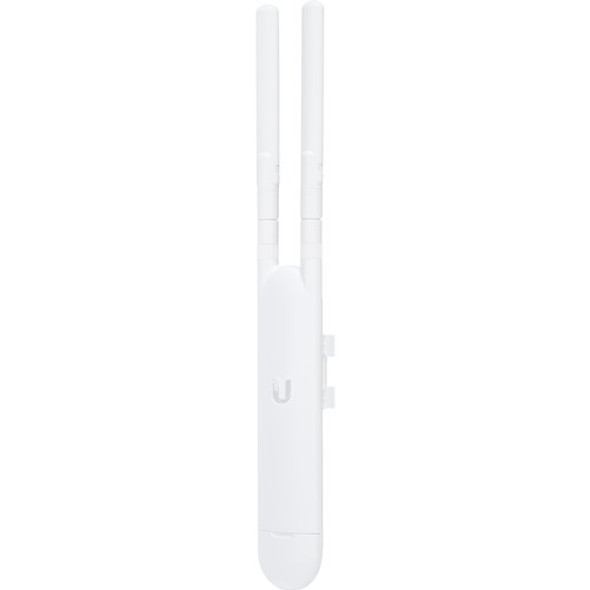
Ubiquiti UAP-AC-M-US UniFi AC Mesh Wide-Area Indoor/Outdoor Dual-Band Wi-fi Access Point
Brand: Ubiquiti
Part Number: UAP-AC-M-US$104.42- Environmental : Outdoor
$104.42 -

Ubiquiti LBE-5AC-GEN2 LiteBeam AC Ultra-lightweight airMAX ac CPE
Brand: Ubiquiti
Part Number: LBE-5AC-GEN2$70.10$70.10 -
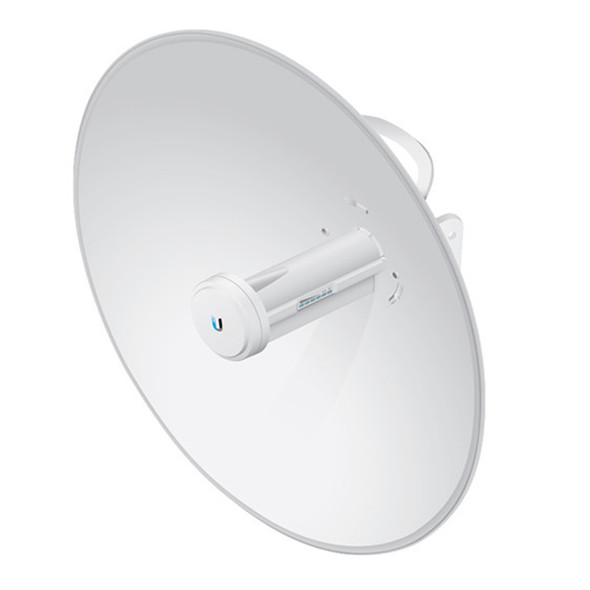
Ubiquiti PBE-5AC-Gen2 airMAX PowerBeam Gen 2 5AC 2.4/5GHz Bridge US
Brand: Ubiquiti
Part Number: PBE-5AC-GEN2$137.21$137.21 -

Ubiquiti UAP-AC-M-5-US Unifi AC Mesh Access Point, 5-Pack
Brand: Ubiquiti
Part Number: UAP-AC-M-5-US$484.71$484.71 -
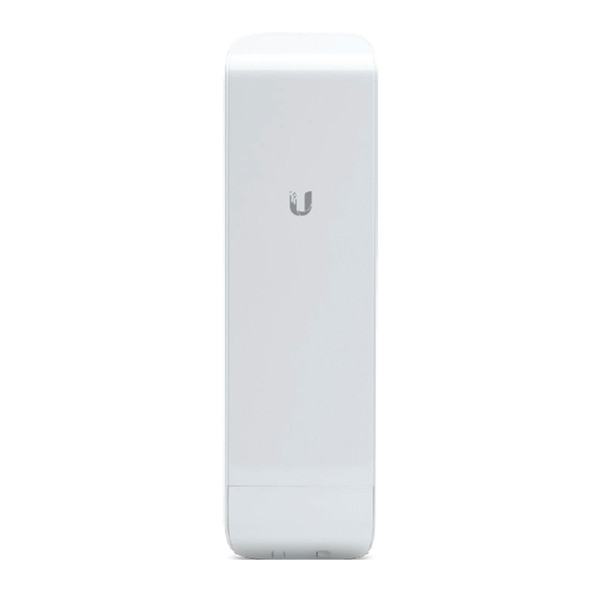
Ubiquiti NSM5 NanoStation M5, 5GHz 2x2 MIMO, Indoor/Outdoor airMAX CPE
Brand: Ubiquiti
Part Number: NSM5$107.14- Color : White
- Environmental : Outdoor
$107.14 -
 $441.62
$441.62 -
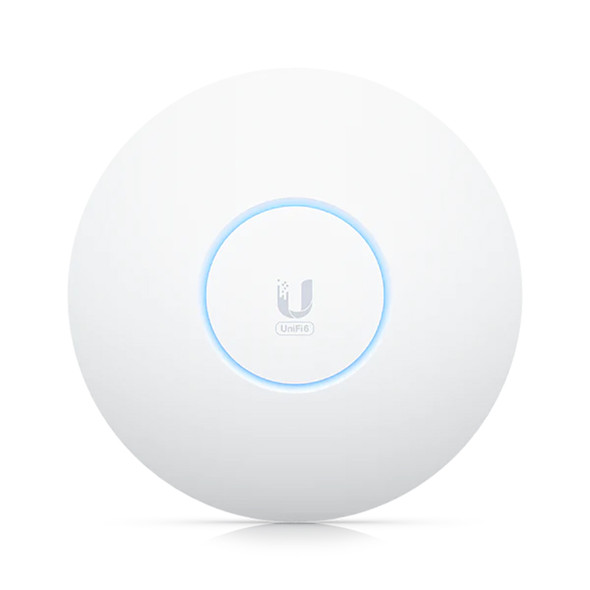
Ubiquiti U6-ENTERPRISE-US Wireless Access Point U6 Enterprise, WiFi 6E Support
Brand: Ubiquiti
Part Number: U6-ENTERPRISE-US$309.67- Material : Plastic Aluminum
$309.67 -

Ubiquiti PBE-5AC-500 PowerBeam airMax Bridge - 5GHz, 15 Miles Range, 27 dBi (2-Pack)
Brand: Ubiquiti
Part Number: PBE-5AC-500$320.45$320.45 -
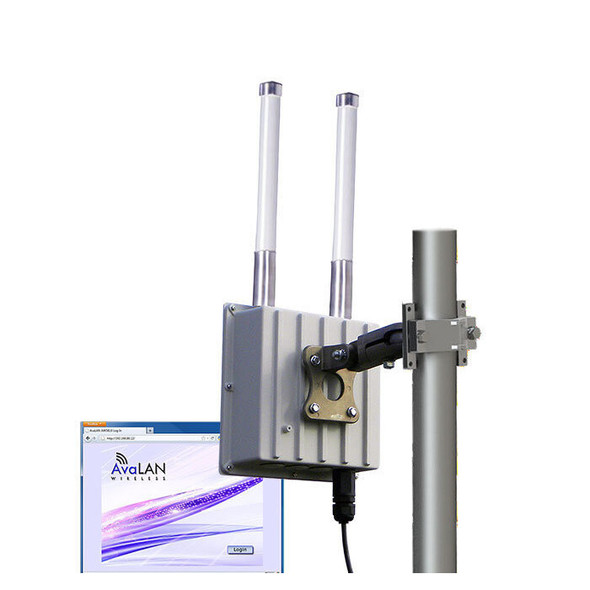
Avalan Wireless AW58100HTA Outdoor Multi Point Receiver
Brand: Avalan Wireless
Part Number: AW58100HTA$1,687.49- Environmental : Outdoor
$1,687.49 -

Ubiquiti PBE-M5-400 PowerBeam ac PBE-5AC-500 airMAX ac Bridge, 5-Pack
Brand: Ubiquiti
Part Number: PBE-M5-400$475.00$457.78$475.00$457.78 -
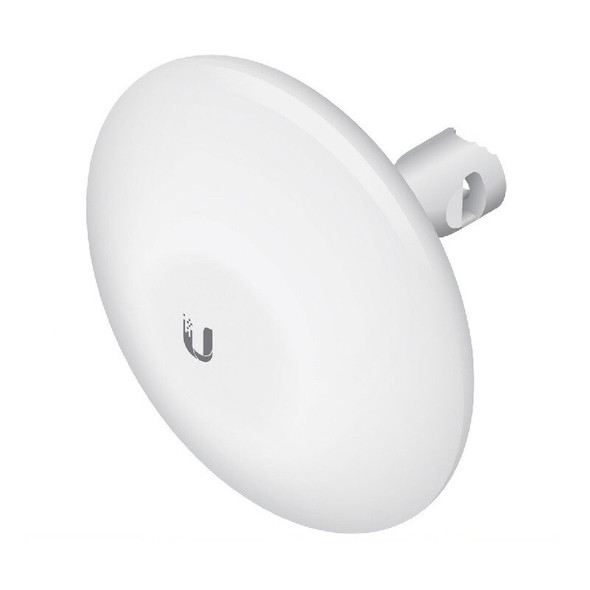
Ubiquiti NBE-M5-16 5GHz 16dBi NanoBeam airMAX Bridge
Brand: Ubiquiti
Part Number: NBE-M5-16$70.10- Color : White
$70.10 -
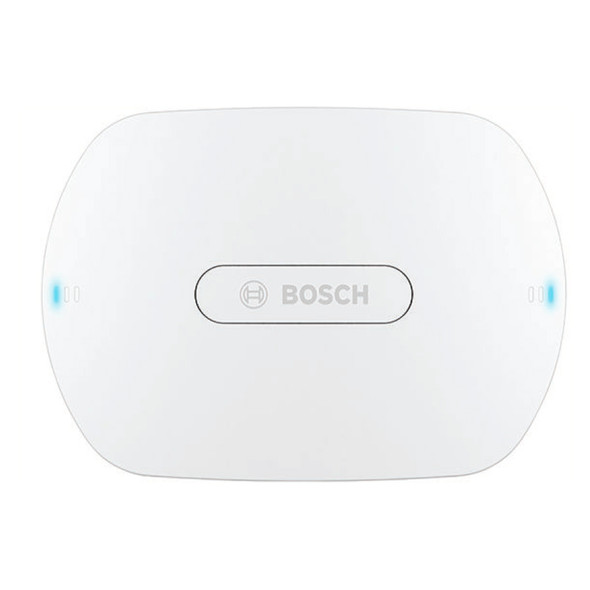
Bosch DCNM-WAP Wireless Access Point
Brand: Bosch
Part Number: DCNM-WAP$4,382.00$3,025.93- Color : White
$4,382.00$3,025.93
